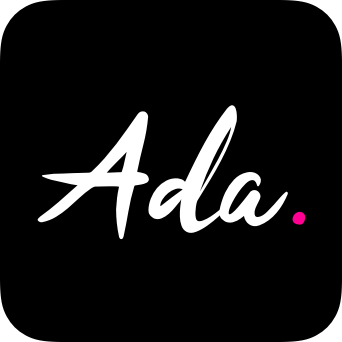"Approximately one in seven people have a disability that affects the way they interact with the world and their devices. People can experience disabilities at any age, for any duration, and at varying levels of severity. Testing helps you ensure that everyone can complete the most important tasks in your app, no matter how they interact with their devices." Apple
Being a newcomer in the world of digital accessibility, particularly focused on mobile, I want to explore additional resources related to accessibility testing methodologies specifically tailored for mobile and native apps.
Back in 2008 WCAG (Web Content Accessibility Guidelines) was released. However, these guidelines didn't include anything about how websites or apps work on mobile devices. At that time, people didn't really have the idea of using phones like we do now. But even today, the updated version, WCAG2.1 does not provide a fully accessible experience for users with disabilities.
For this reason, the ICT (Accessibility Testing Symposium) brings together accessibility professionals from all over the world and has developed a methodology for evaluating the accessibility of mobile websites and native apps. The methodology is slightly different, there's a lot more other than just what's in WCAG2.1. It is hosted on the accessibility consultancy website AccessibilityOz and it is still a work in progress. Even if we follow these requirements will not ensure that our mobile sites and native apps are fully accessible to all users.
Mobile testing is not just their methodology, a lot of people are using it now. From the research I did in my opinion at this moment, it currently addresses the majority of the requirements. I will follow their guidelines for this case study and also in the future in my learning journey.
Mobile devices provide a multitude of accessibility features specially designed for people with disabilities. If an application is not compatible with accessibility features designed for the device you are testing, it is inaccessible.
To begin with, I wanted to find out these iPhone's features and to understand and learn how they work, and how they improve an experience for someone with a given disability.
